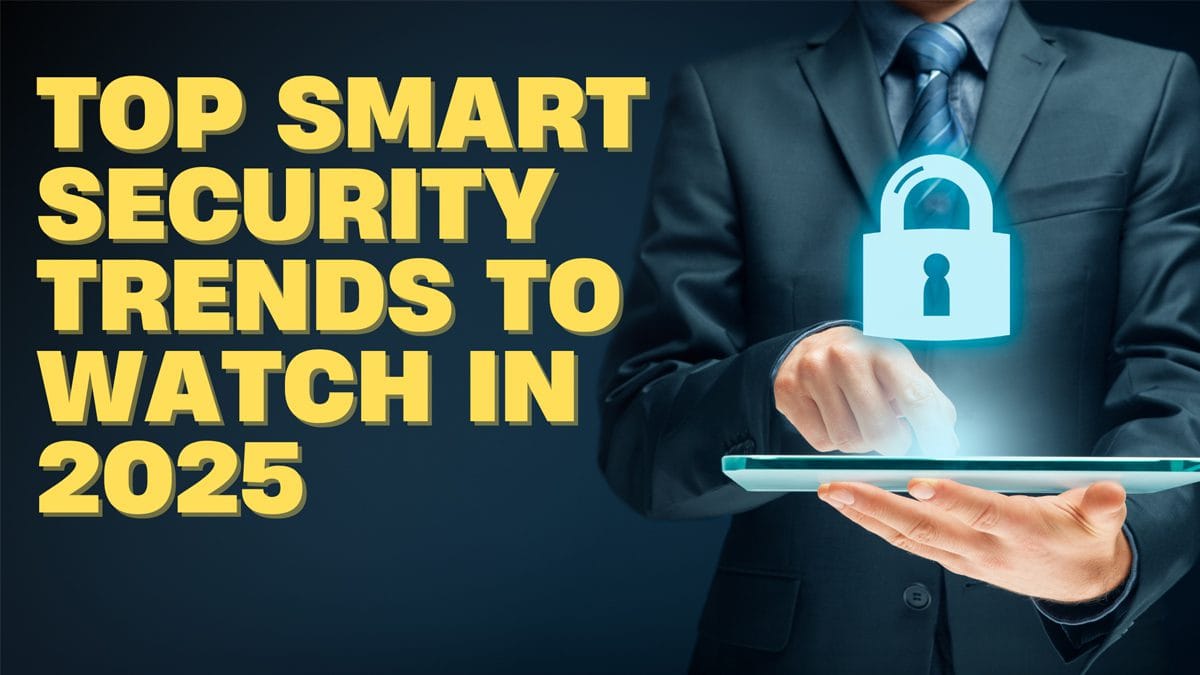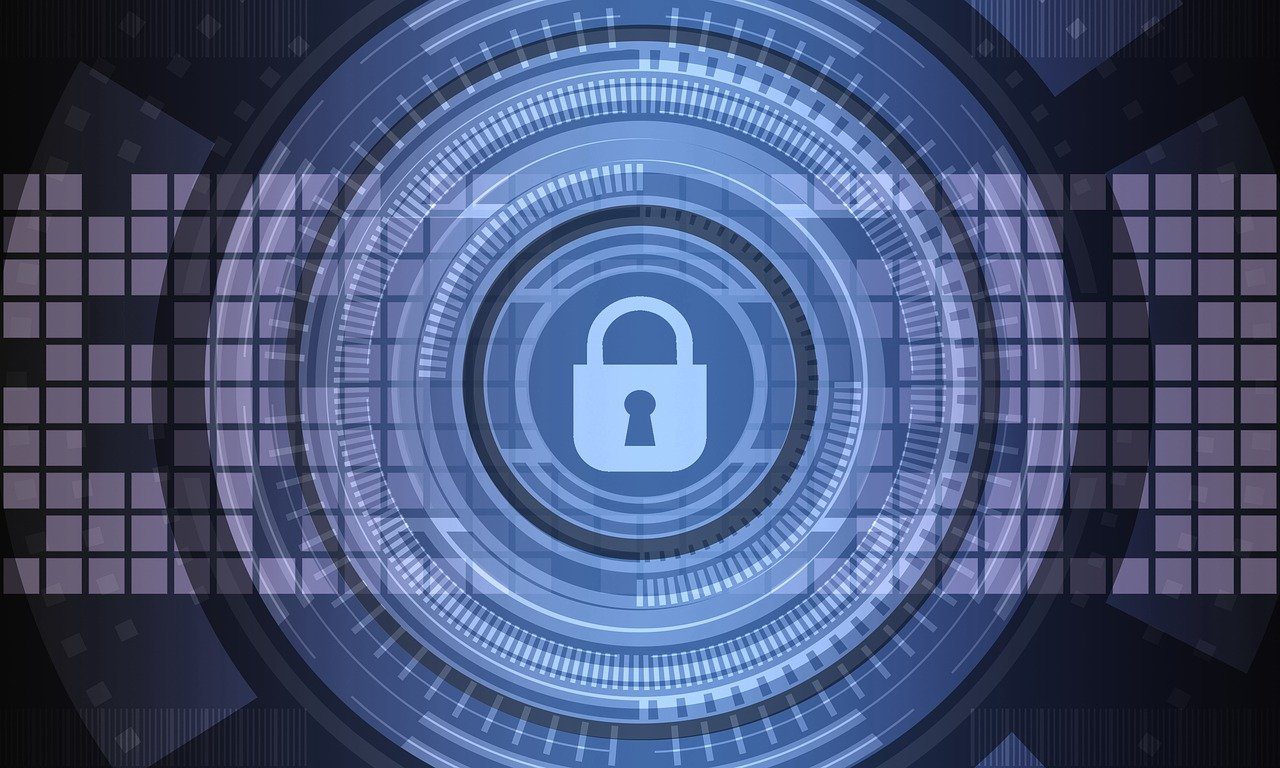
Security is paramount today, in 2025, and the digital environment has changed rapidly. As a result, new cyber threats and ways to protect digital systems and private data are emerging.
Having an antivirus or firewall is not enough for smart security. You will also need to use smart, ever-evolving solutions that can keep up with risks as they get smarter.
So, without further ado, let us understand the top smart security trends for 2025. These will explain how technology and people’s views toward privacy and security are rapidly changing.
Advanced Access Control Systems
Standard passwords and fingerprints are becoming two forms of authentication in access control systems. To increase security, facial recognition technology is being incorporated into badge systems.
Combining two-factor authentication with facial recognition or other authentication modes can ensure that
only authenticated people gain entry, minimizing risks and enhancing security.
Although it emphasizes the need for biometric identification, it also indicates that businesses must adhere to privacy regulations.
Video Management Systems (VMS)
The era of video cameras used only for recording footage is long gone. Nowadays, video management systems (VMS) are smarter, more flexible, and designed to blend in with larger IT ecosystems. With the growing adoption of cloud computing, edge computing, and AI-driven analytics, modern systems can perform much more than simple monitoring.
Businesses may fully use the capabilities of their VMS systems by using cloud computing and artificial intelligence. Modern VMS solutions are expanding the options for security and beyond, whether integrating with access control systems, using cloud storage for flexibility, or implementing AI-driven capabilities for predictive analysis.
Strong Cybersecurity
Strong cybersecurity solutions has never been more vital thanks to increasing complexity and AI integration in video management systems (VMS).
Keeping an eye constantly on digital security is of the utmost importance. When cloud-based technologies and AI-based applications are more in the public eye, the risk of cyberattacks dramatically increases.
Securing your business’s online and offline components is directly linked to securing your assets.
Cybersecurity is not an afterthought but an essential part of your overall security plan. By giving it high priority, you can make your systems trustworthy, secure, and resistant to increasing cyber danger.
Mobile Surveillance Units (MSUs)
Due to their mobility and adaptability, mobile surveillance is quickly becoming standard equipment in modern security systems. As a cost-effective replacement for on-site security personnel, this security technology serves as a visible barrier with audio features, lights, and cameras. Studies indicate that an MSU may decrease crime by up to 90%.
Consider police trucks stationed at crossroads without an officer inside; having a mobile unit with the lights on serves as a warning sign.
MSUs are especially useful for protecting parking lots, large buildings, and distant regions where sending actual officers would be prohibitive.
Facial Recognition
Facial recognition technology is ubiquitous and no longer science fiction. Unquestionably, the capability of quickly and accurately identifying individuals positively affects whether those identifications enhance public safety initiatives or enhance security in stores.
Indeed, it can help firms streamline operations, lower theft, and improve overall security. These gains, though, pose significant problems and issues, particularly issues of privacy and ethical use.
Remote Monitoring
With growing labor costs and personnel shortages, remote monitoring solutions such as virtual gatekeepers are gaining popularity. These technologies enable enterprises to handle access control remotely while providing a human touch via virtual engagement.
It’s all about efficiency. Managing several sites remotely while maintaining customer service with a personal touch.
Drone Surveillance for Monitoring
Drones are increasingly being used to monitor large regions. Due to developments in autonomous flying technology and self-contained monitoring systems with infrared cameras and sensors, drones are an affordable perimeter security option.
Employing advanced sensors and thermal cameras in standalone systems is transforming perimeter security. These systems enhance border protection by detecting intruders in real-time, even where there is no electricity or internet.
A standalone product can be placed inside the perimeter and quickly installed without the infrastructure.
Internet of Things (IoT) and Artificial Intelligence
IoT and AI-driven solutions are the security industry’s innovation. These technologies are resulting in a new degree of situational awareness. IoT devices like smart cameras, door sensors, and baby monitors may now gather and send data AI can evaluate in real-time.
Remember IoT and the camera’s role in smart homes for security and monitoring.
AI goes one step beyond these systems by instructing them to recognize behavior patterns. You can monitor your house while you’re away, yet the cameras may also detect anomalous activities such as open doors or smoke instantly.
Conclusion
In 2025, modern technology will continue to grow, and new smart security trends will transform how organizations secure their crucial assets. These smart security solutions offer scalable, reasonable solutions and are worth the money.
By taking advantage of these smart security trends, we can strengthen our business and protect what’s important to us.
AUTHOR:
Jennysis Lajom has been a content writer for years. Her passion for digital marketing led her to a career in content writing, graphic design, editing, and social media marketing. She is also one of the resident SEO writers from Softvire, a leading IT distributor. Follow her at Softvire Global Market now!








